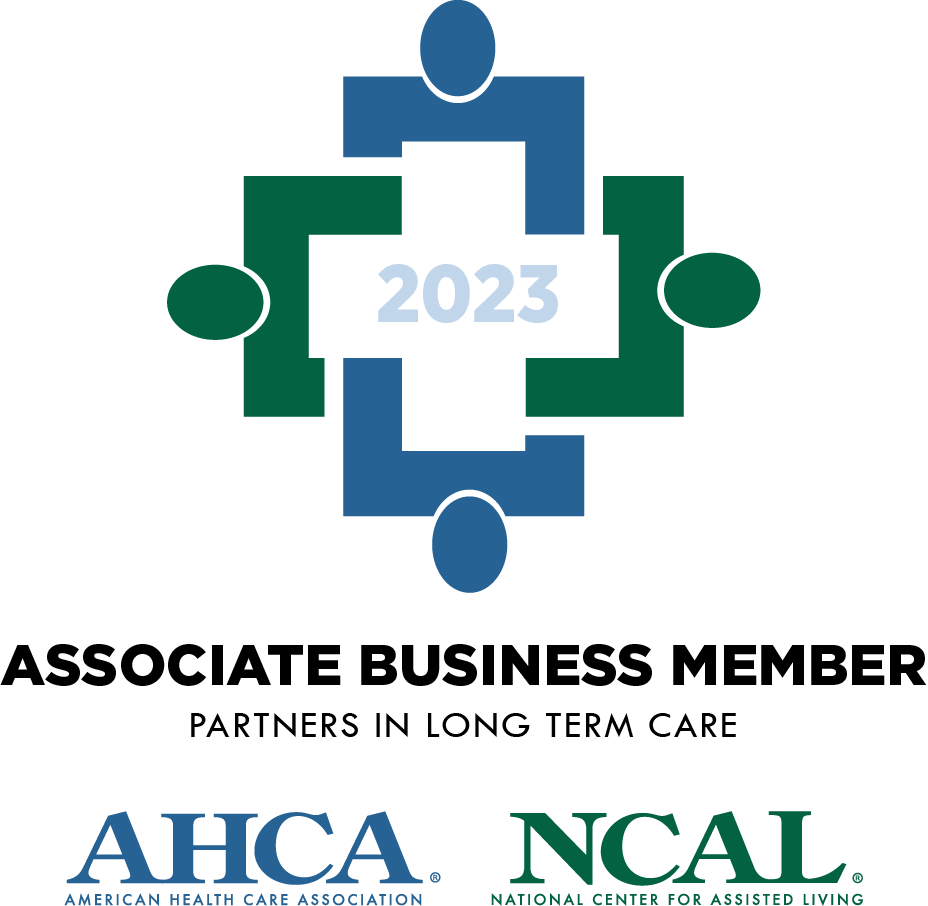What is Risk Management Automation?
Understanding risk management automation is fundamental to mastering its benefits. It’s about using technology to predict, manage, and mitigate risks efficiently. Nursing homes can focus on strategic decision-making, clinical care, and proactive risk control by automating routine tasks and analysis.
Streamline Risk Workflows and Processes
Effective risk management requires risks to be 100% documented and resident care plans updated precisely. Accuracy is not an option; it’s a requirement, but this can be time-consuming. Today, technology can streamline processes that save staff time, improve accuracy, and build confidence throughout your operation.
Transparency, Participation, Evaluation and Feedback
The principle of accountability underscores the importance of compliance and safety. It’s about creating a culture where every stakeholder is aware of their role in maintaining the highest risk management standards.
Making Every Second Count
When it comes to risks in nursing homes, every second counts. Timely responses to risks can be the difference between containment and crisis. A swift investigation and the completion of the incident report are essential. These are not tasks for tomorrow; risks are today’s top priority. Successful nursing homes understand and are risk-responsive.

Accuracy in Reporting
Documenting the details of a recent risk ensures the information is readily available to all stakeholders and an immediate response is initiated by the entire nursing home operation. Risk documentation requirements are vast and complicated which require a commitment to effective risk management processes and procedures. A commitment to adhering to each step and report is a top priority.
Generating Preventive Measures and Accurate Responses
Exploring incident analysis leads to developing preventive measures and robust response strategies. Understanding the root causes of events enables organizations to prevent future occurrences and strengthen their risk management practices.
Give Your Team The Necessary Tools To Succeed
Comprehensive education programs ensure that staff has the knowledge and builds their skills to respond to challenges effectively. Programs should be based upon the analysis of your risks and building training sessions to prevent and reduce them.
Informed Management
The pursuit of data-driven decisions is a tenet of informed management. By basing clinical and operational choices on accurate data, organizations can reduce risks and allocate resources more effectively. This improves clinical care, making operations safer and more efficient—it even reduces unnecessary costs.
Adapting to Change
Focusing on updating systems is about adapting to change. As risk landscapes evolve, so must the technologies and methodologies we use to manage them, ensuring continuous improvement and compliance. Technology advancements also reduce risk reporting and analysis time, improve data accuracy, and give time back to your care staff to focus more on resident care.
Risk Management in a Digital Era
In an era where risk is omnipresent and ever-evolving, mastering risk management automation has become a strategic imperative. By embracing technology, organizations can navigate complexities more easily and precisely, ensuring that processes are streamlined, compliance is maintained, and safety is prioritized.
The essence of efficiency in risk management lies in the ability to predict, manage, and mitigate risks proactively. This entails analyzing incidents to derive preventive measures, empowering teams through a culture of communication, continuous training, and making informed decisions driven by data.
Nursing home success relies on adapting to change. Updating technology regularly and building a culture of teamwork and communication can keep organizations ahead of risks. Ultimately, the goal is to create a risk management ecosystem that is proactive, responsive, and accountable.
Risk management automation safeguards organizations against uncertainties and ensures that residents are safe, risk practices are compliant, practically sound, and legally defensible.
Recommended Reading
Transforming Risk Management in Healthcare: A Leap Towards Automated Solutions







